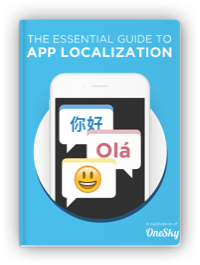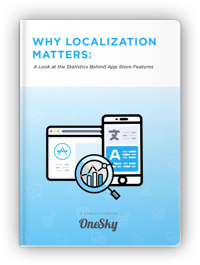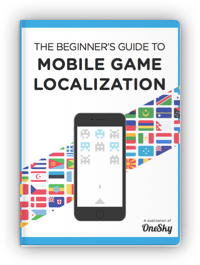Creating buyer personas for multilingual B2B audiences
Multilingual Marketing Best Practices:
Imagine your global marketing campaign as a symphony. Each instrument—the regions, languages, and cultures—is unique, and every note they play contributes to the melody. But what happens when just one instrument is out of tune? (Or better said, when you don’t use multilingual marketing best practices?) The entire symphony falters, and the harmony dissolves into chaos.
Without understanding your multilingual B2B audiences, your campaign risks sounding just like that—disjointed and unappealing. That’s why buyer personas are so effective. Buyer personas tailored to multilingual audiences act as the conductor’s baton, bringing each element of your strategy into perfect resonance and ensuring your messaging strikes the right chord everywhere.
But crafting buyer personas for multilingual B2B audiences isn’t as simple as translating your materials into multiple languages. It’s about understanding the cultural nuances, behaviors, and motivations that shape decision-making across different regions.
When done right, your campaigns become a symphony of engagement, seamlessly connecting with diverse global audiences. In this guide, we’ll explore six key steps to help your company craft multilingual marketing best practices that hit all the right notes.
1. Getting in Key: Understanding Your Market
Before you can conduct your symphony, you need to know your instruments. Understanding your market requires deep research into cultural, economic, and business dynamics.
Questions to Consider:
- What cultural values shape business interactions?
- Example: Efficiency may resonate in Germany, while relationship-building might matter more in Japan.
- What economic factors influence purchasing decisions?
- Example: Emerging markets often prioritize affordability, while mature markets value innovation.
- Example: Emerging markets often prioritize affordability, while mature markets value innovation.
- What business norms define the decision-making process?
- Example: In hierarchical cultures like South Korea, decisions often come from the top, unlike collaborative cultures like Sweden.
Invest in tools like cultural intelligence reports, local partnerships, and industry-specific market research to tune into the nuances of your global audience. Incorporating multilingual marketing best practices into your understanding will ensure these insights translate effectively into actionable strategies.
2. Researching Your Multilingual Audience
Your audience is not a monolith. Each market segment has distinct preferences, behaviors, and challenges. Comprehensive research helps uncover these intricacies:
- Conduct Interviews and Surveys: Speak directly with stakeholders in your target regions. Understand their pain points, goals, and decision-making processes.
- Leverage Analytics: Use CRM tools like HubSpot or Salesforce to segment your audience by language, geography, and buying behavior. Identify trends in their interactions with your brand.
- Gather Local Insights: Collaborate with regional experts or use AI translation tools like OneSky.ai to interpret cultural subtleties.
Case Study: A Japanese apparel company, Adastria, successfully expanded into Southeast Asia by thoroughly understanding its target market and implementing strategies quickly. By gaining insights into local preferences beforehand, they were able to establish operations swiftly and tailor their offerings to meet regional needs effectively. Go deeper into this case study by clicking here.
3. Key Components of a Buyer Persona
A robust multilingual buyer persona combines multiple layers of insight to reflect the diverse realities of your audience. They can be extremely helpful to develop your marketing, too. According to HubSpot, marketers who offer customers a personalized experience are +215% more likely to say their marketing strategies are effective versus those who don’t.
- Demographics
- Define your audience’s basic profile: age, gender, job title, company size, and location.
- Psychographics
- Understand your audience’s values, motivations, and goals.
- Behavioral Insights
- Study their purchasing habits, communication preferences, and decision-making styles.
- Language Proficiency
- Gauge how comfortable your audience is with your primary language and adjust accordingly.
Aligning these personas with multilingual marketing best practices ensures a comprehensive approach.
4. Utilizing Personas in Multilingual Marketing
Buyer personas are the sheet music of your multilingual marketing best practices symphony, providing structure and direction.
1. Adapt Your Content to Personas
Take all of your content and adapt it to resonate with your audience’s preferences:
- Localized SEO: Use region-specific keywords for search engines like Baidu (China) or Yandex (Russia).
- Culturally Relevant Imagery: Reflect local customs and environments in your visuals.
- Tone and Style: Adjust formality based on regional expectations—casual for the U.S., formal for Japan.
According to Salesforce’s new State of Sales Report, 86% percent of business buyers say they’re more likely to buy when their goals are understood, yet 59% of business buyers say most reps don’t take the time to understand their goals. Therefore, this highlights the importance of adapting your content to align with well-researched buyer personas and the revenue opportunity when you’ve done your homework.
2. Case Studies: Success in Action
Netflix: Creating Global Hits by Localizing Content
Netflix has elevated its global strategy by investing in localized content, particularly in markets like South Korea. These investments have not only garnered cultural relevance but also delivered phenomenal business success.

One example is Netflix’s Korean-language drama Squid Gama. It became a huge global phenomenon, increasing Netflix’s value by over a $1 billion dollars. This underscores the demand for premium localized storytelling.
In fact, in the first half of 2024, Korean content accounted for 8.71% of all non-English language content consumption on Netflix, translating to an astounding 8.19 billion viewing hours.
Netflix’s success in South Korea illustrates how understanding regional preferences and investing in high-quality localized content can elevate global engagement. By aligning storytelling with cultural values, Netflix resonates deeply with diverse audiences while expanding its international footprint.
IKEA: Localizing for Indian Urban Lifestyles
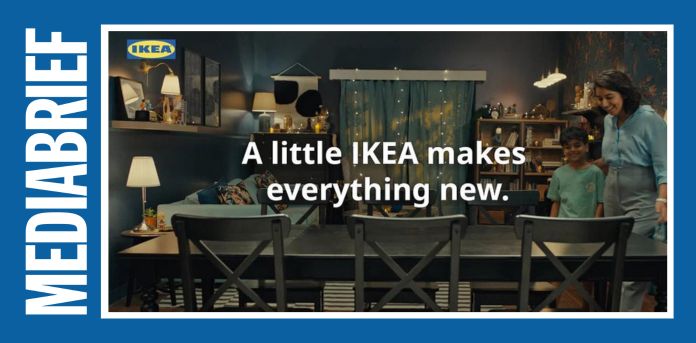
IKEA’s approach to the Indian market is a masterclass in blending global brand identity with local adaptation. Recognizing the unique needs of Indian urban homes, IKEA tailored its catalogs, product offerings, and store layouts to reflect compact living spaces. Additionally, IKEA’s success in India focused on four key elements:
- Design Aesthetics: IKEA’s minimalistic yet functional designs appeal to Indian customers who value stylish yet space-saving furniture.
- Affordable Pricing: Through its self-service model and local partnerships, IKEA delivers high-quality products at accessible price points, addressing price sensitivity in emerging markets.
- Cultural Adaptation: IKEA incorporated vibrant colors and compact designs tailored to smaller urban homes in India. For instance, kitchen layouts and modular furniture reflect the needs of joint family setups common in Indian households.
- Reliability: Beyond products, IKEA has established trust with Indian customers through consistent quality and excellent after-sales services, including warranties and prompt delivery.
IKEA’s localization strategy highlights the power of tailoring product designs and messaging to meet cultural and practical needs, fostering stronger connections with local audiences. In India, this approach has fueled significant growth, while globally, IKEA has achieved remarkable success, reaching $47.6 billion in revenue.
Duolingo: Viral Success with “Love Language”
Duolingo’s “Love Language” campaign is a brilliant example of leveraging humor, cultural relevance, and multilingual accessibility to engage global audiences.
Styled as a reality dating show, Duolingo’s campaign featured “confident and flirty singles” who spoke different languages attempting to find love. Although entirely fictional, the premise cleverly highlighted the value of language learning in building connections.
To ensure global appeal, Duolingo localized subtitles for the trailer, allowing the humor and charm to resonate across diverse audiences.
Here is the post shared on their global English Instagram account:
And from their Spanish Instagram account:
By blending the universal theme of love with a playful, humorous approach, the campaign became a viral sensation, amassing over 70M social impressions and 1.1 billion total impressions.
This campaign showcased how localizing content while maintaining a universally relatable message can create a globally resonant marketing effort and huge business wins.
5. Challenges: Avoiding Overgeneralization and Cultural Stereotypes
Even the most well-intentioned marketing campaigns can fall flat if they rely on overgeneralizations or stereotypes.
Common Pitfalls:
- Overgeneralization: Assuming all customers in a region behave the same.
- Example: Treating all Asian markets as hierarchical and formal.
- Stereotyping: Relying on clichéd ideas that fail to reflect reality.
- Example: Assuming all Germans prefer rigid formalities.
Solutions:
- Engage with local experts to validate your assumptions.
- Conduct diverse focus groups to capture a wide range of perspectives.
- Regularly revisit and update your personas to reflect changing trends.
6. Best Practices: Keep the Symphony Dynamic
To keep your buyer personas relevant and effective:
- Regular Updates: Review personas annually or after significant shifts, such as technological disruptions or geopolitical changes.
- Example: Adjust personas to reflect post-pandemic preferences for remote collaboration.
- Engagement: Continuously gather feedback through surveys and interviews to refine your understanding.
- Feedback Loops: Collaborate with sales, marketing, and product teams to integrate real-time insights into your personas.
Conducting Global Harmony with Buyer Personas
Crafting buyer personas for multilingual B2B audiences is both an art and a science. By understanding your market, researching deeply, and building detailed personas, you can orchestrate campaigns that resonate globally. Avoid the dissonance of overgeneralization and keep your personas relevant with regular updates and feedback.
The result? A multilingual marketing best practices strategy that harmonizes with the needs and expectations of your diverse audience.
Ready to conduct a symphony-like multilingual marketing campaign?
OneSky offers advanced localization tools to help you create buyer personas and content that resonate across cultures. With OneSky, you can unlock the full potential of multilingual marketing best practices and connect authentically with your B2B audience.


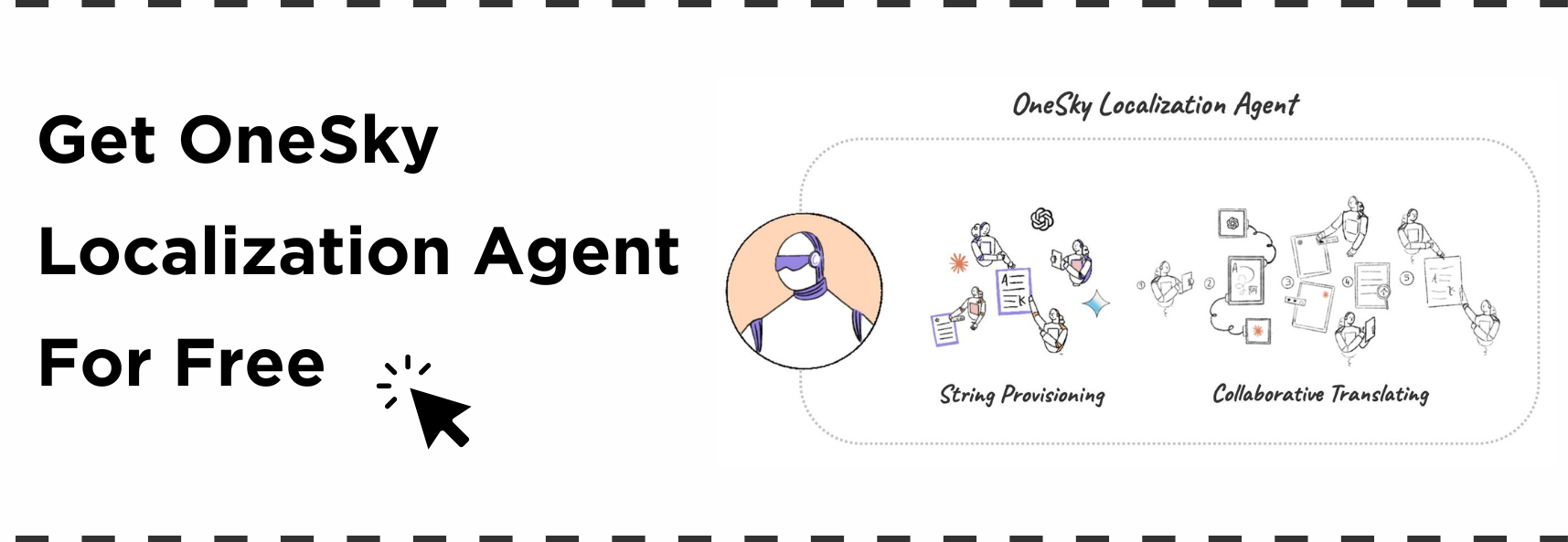

 Written by -
Written by - 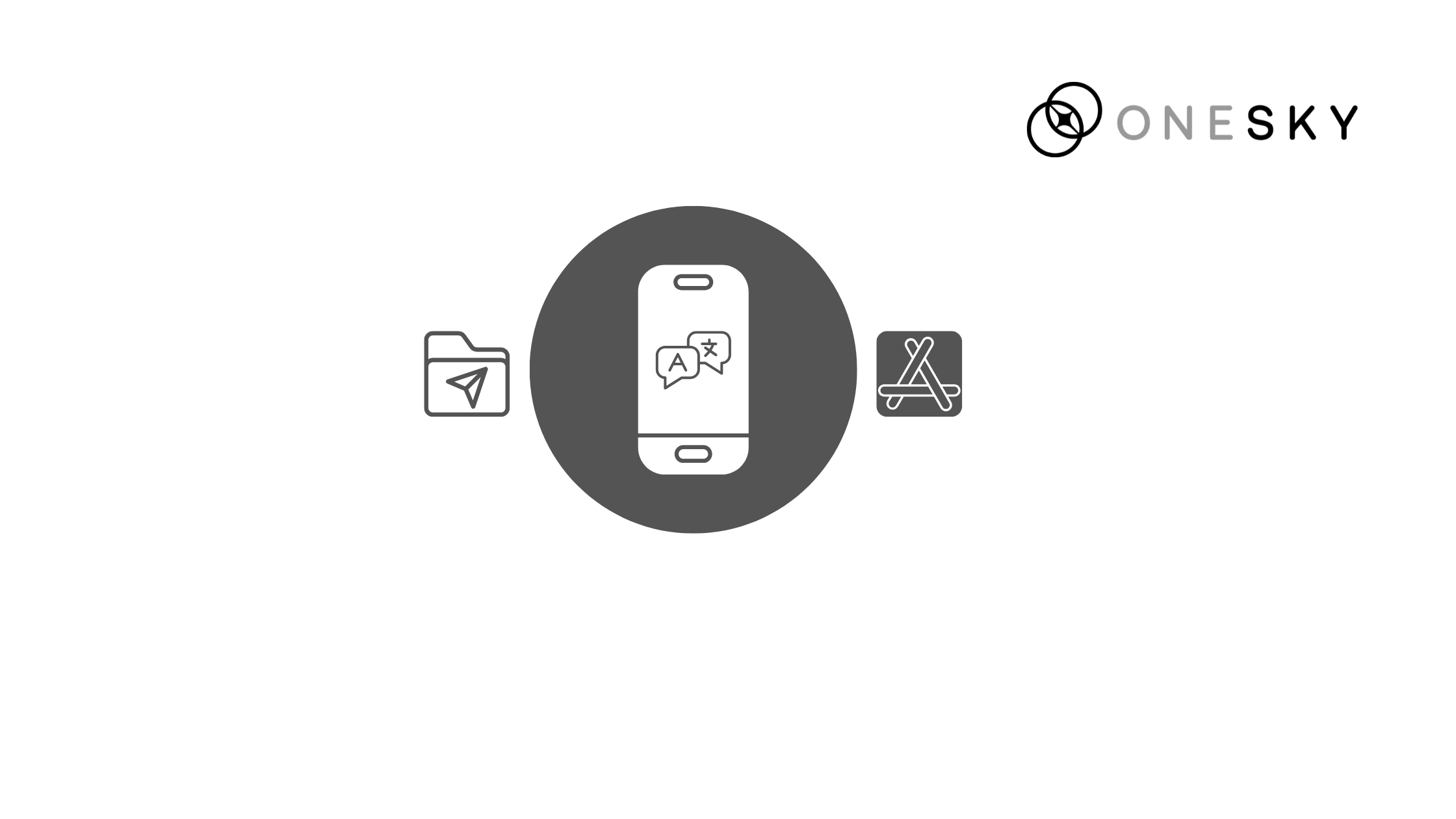


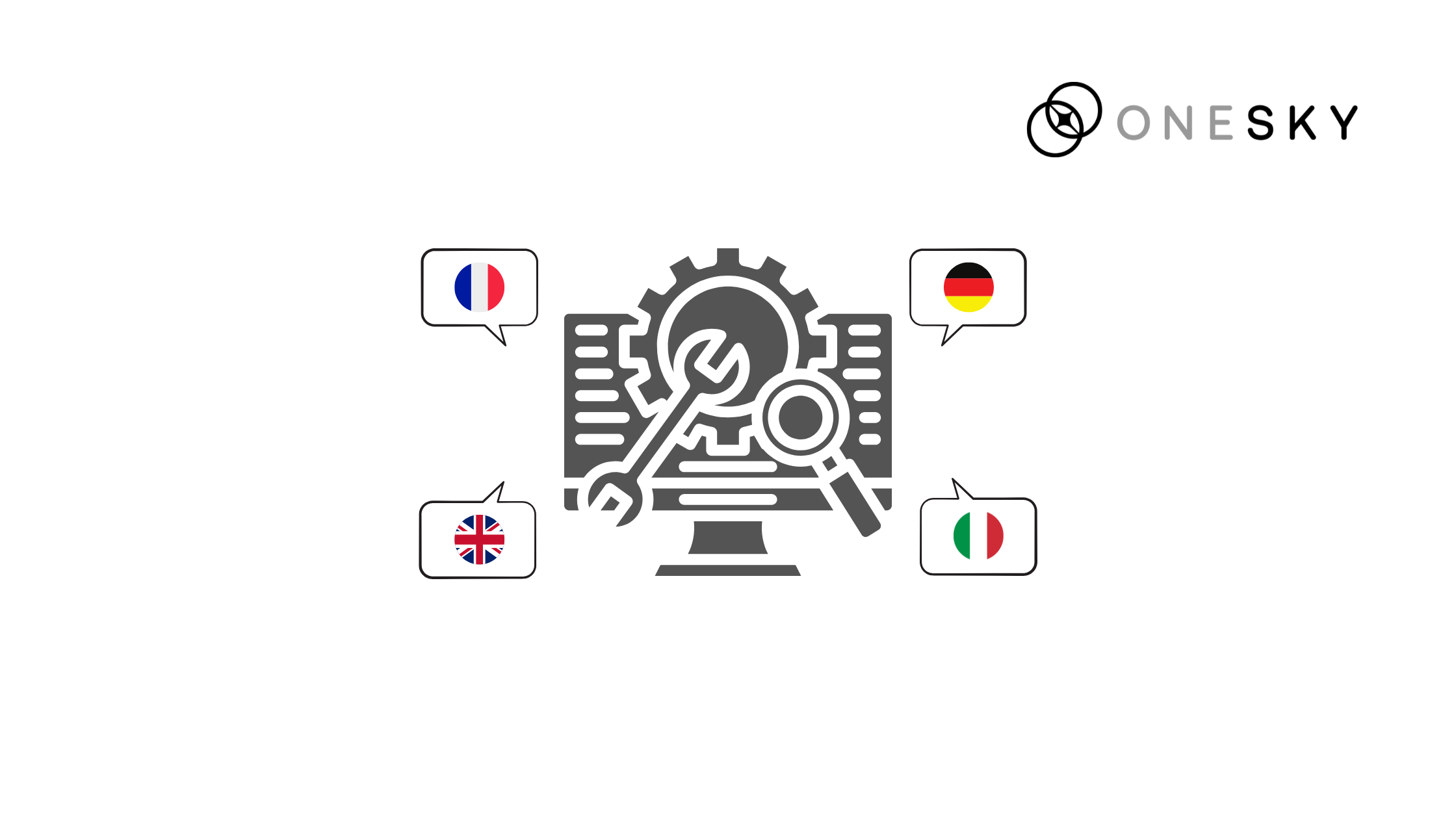
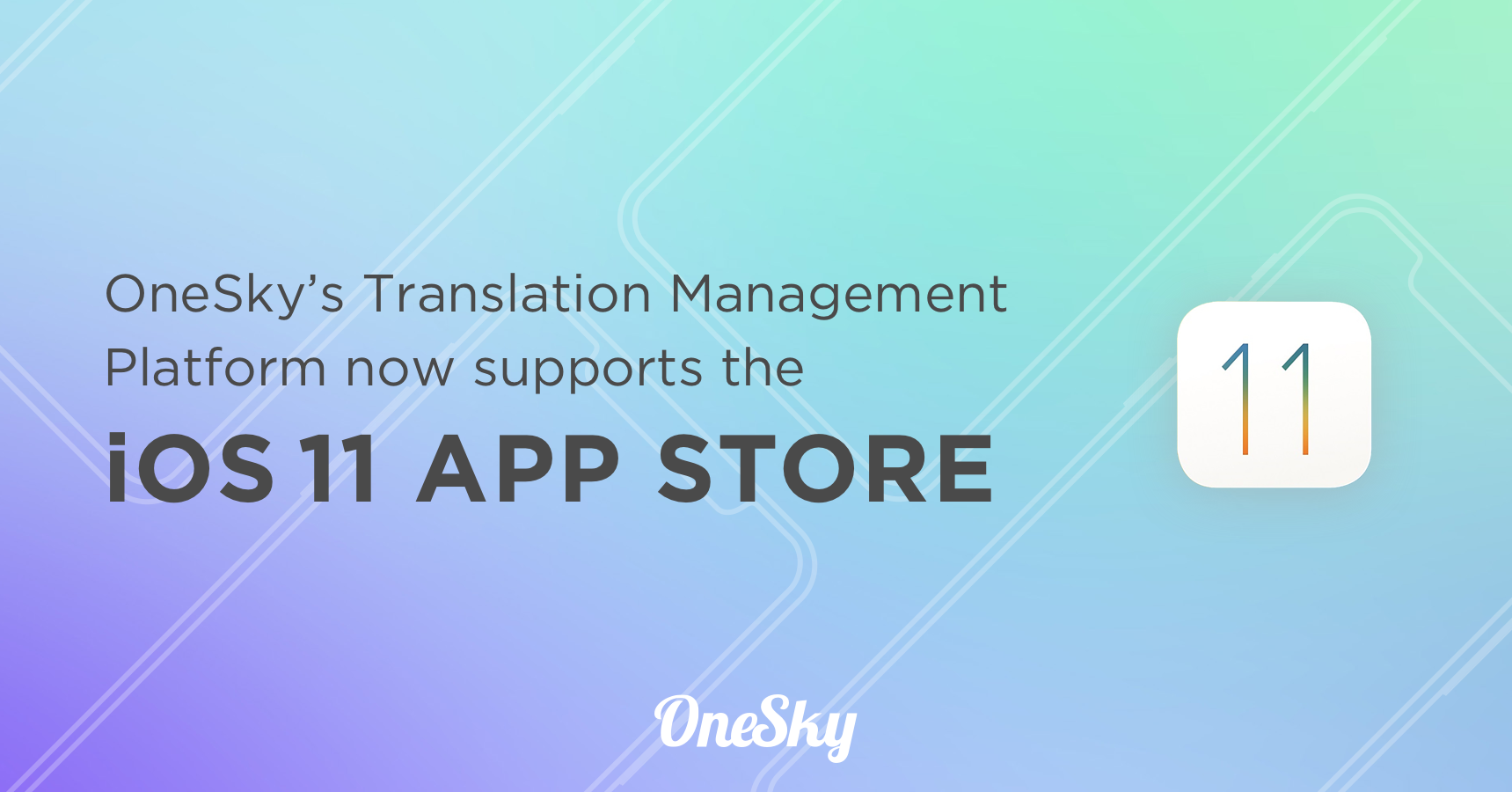
 Written by
Written by 
